Maximize Your OSD Production with AAF's Tailored Filtration Systems
Oral solid dosage (OSD) forms are a popular and widely used method of delivering medication to patients. OSD refers to any type of medication that is in a solid form, such as tablets, capsules, and powders and is taken orally. The process of manufacturing OSDs involves several key steps.
Formulation development: The formulation development process involves selecting the appropriate active pharmaceutical ingredient (API) and excipients and determining the appropriate dosage strength and release profile for the medication. Excipients are non-active ingredients that are added to the medication to aid in its delivery and absorption in the body.
Pre-formulation studies: Pre-formulation studies are conducted to determine the physical and chemical properties of the API and excipients, and to identify any potential compatibility issues between them.
Granulation: Granulation is the process of combining the API and excipients to form a granule, which is then compressed into a tablet or filled into a capsule. Granulation improves the flowability and compressibility of the powder mixture, making it easier to handle during the manufacturing process.
Compression: Compression is the process of compacting the granules into a tablet form. The tablets are typically coated to improve their appearance, stability, and ease of swallowing.
Capsule filling: Capsule filling involves filling the powder mixture into a capsule. Capsules may be either hard or soft gelatin and can be filled with one or more active ingredients.
Packaging: The final step in the OSD process is the packaging. Tablets and capsules are typically packaged in blister packs, bottles, or jars, along with appropriate labelling and instructions for use.
OSD manufacturing processes are highly regulated by government agencies to ensure the safety and efficacy of the medication. The quality of the OSDs is critical, as they can affect the absorption, bioavailability, and therapeutic effectiveness of the medication.
Indoor air quality is an important aspect to consider in oral solid dosage (OSD) processes, as it can have a significant impact on product quality and operator safety. OSD processes involve the handling and processing of solid materials, which can generate dust and other particulates that can contaminate the air.
Requirements for indoor air quality in OSD processes include maintaining low levels of airborne particulates and ensuring that the air is free from contaminants that could potentially affect the quality of the product. This requires the use of effective ventilation systems, air filtration equipment, and monitoring systems to detect any potential issues.
In the world of pharmaceuticals, the pressure is on for manufacturers to become more agile and efficient while maintaining the highest standards of quality and safety. This is particularly true for OSD processes, which face two main challenges.
The first challenge is the growing demand for generic drugs, which has put pressure on manufacturers to cut costs and increase efficiency. Filtration systems are one tool that can help OSD manufacturers achieve their goals. By cutting energy consumption, reducing equipment downtime, and extending the lifetime of filters, these systems can help lower operating costs and improve efficiency.
The second challenge facing OSD manufacturers is the rise of high-potency compounds and active pharmaceutical ingredients (HPAPIs) in oncology treatments and other drugs. These compounds demand enhanced operational quality and occupational safety to eliminate cross-contamination risks and protect people and the environment. In addition, manufacturers need to maintain operational flexibility, allowing for rapid production changeovers while maintaining the highest standards of quality and safety.
Fortunately, there are solutions available to help OSD manufacturers meet these challenges head-on. From advanced filtration systems that reduce energy consumption and extend filter life to cutting-edge containment solutions that protect workers and the environment from HPAPIs, there are a variety of tools and technologies that can help manufacturers achieve their goals.
At the same time, it’s important to work with partners who understand the unique challenges facing OSD manufacturers and can provide tailored solutions to meet their needs. Whether you’re looking to improve efficiency, enhance safety, or maintain the highest standards of quality, there are partners out there who can help you achieve your goals.
American Air Filter (AAF) is the most preferred air filtration company that provides the best solutions for pharmaceutical companies. Our specialized high performance, high quality filters are tested for EN 1822 compliance and are made up of ePTFE/eFRM media that are damage and leak resistant.
Some of the air filters include [HEPA filters] include
- MEGAcel I ePTFE
- MEGAcel II ePTFE
- MEGACel I eFRM
- MEGACel II eFRM
- AstroCel I & II
Apart from these filters we are also offering HEPA modules for safe processing and changing HEPA filters under sanitized conditions. This product is Bag-in/Bag- Out HEPA module.
Contact our AAF representative to explore other customized solutions for your requirements today
Contact

